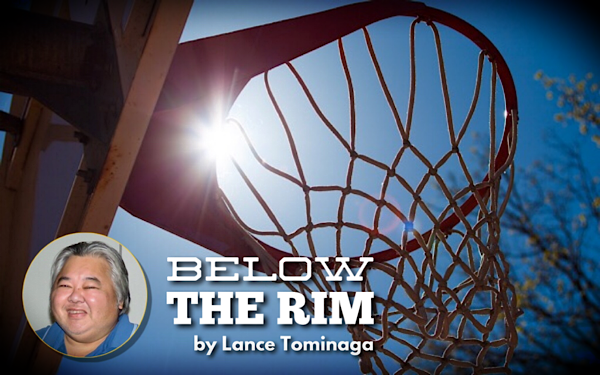By Lance Tominaga, ESPN Honolulu Web Editor.
The Greek philosopher Heraclitus once noted, “There is nothing permanent except change.” And it’s true. Change happens every day. We can fight it, we can embrace it, but in the end we all need to learn to deal with it. Change is reality.
Over the past year, we’ve all had to deal with some pretty big changes, haven’t we? Social distancing. Masks. Quarantines. I’ve been working from home for over a year now. There are both positives and negatives to working remotely, but I’ve learned to roll with it.
In college sports, one of the biggest changes in recent years has been the alarming number of student-athletes transferring to different schools. Some coaches and pundits are calling it an “epidemic.”
The issue has become somewhat of a hot topic locally because of the recent news that University of Hawaii men’s basketball players Justin Webster, James Jean-Marie, Justin Hemsley and Kameron Ng have entered the NCAA Transfer Portal. In addition, promising freshman guard Biwali Bayles has announced that he is leaving the program to seek a professional hoops career in his native Australia. Earlier this year, forward Manuel Ayol left the team and also entered the transfer portal.
Some fans are blaming UH head coach Eran Ganot for the exodus, claiming (with no evidence) that his coaching style or personality is driving away players. For the most part, these critics simply aren’t happy with Ganot’s performance as head coach and will latch on to any reason – real or imaginary – to hand him his walking papers.
The reality is this: Player transfers are the norm these days.
Currently, more than 1,000 college basketball players are entered in the transfer portal. The final tally will easily surpass last year’s total of 1,026, which included transfers till the end of summer. No school is immune from this trend: Even perennial powers such as Duke, Kansas, Kentucky, Syracuse and North Carolina have had players seeking new opportunities. Wake Forest had six players transfer out. Miami and Pittsburgh had five.
A NCAA study revealed that about 40 percent of all men’s basketball players who enter Division I directly out of high school leave their initial school by the end of their sophomore year.
As you might expect, this trend is viewed as a growing problem among coaches.
Doc Sadler, a college basketball head coach for some 20 seasons, said, “A lot of the transfers just aren’t the traditional guys who go the same high school for four years. They’ve transferred high schools, once or maybe twice. They’ve played on several different AAU teams. If any sort of adversity hits, they automatically look for another place to play. In my mind, there’s nothing wrong with kids facing a little adversity and fighting through it. We just don’t see that much any more. It’s not just basketball, it seems a generational thing to me.”
Said ESPN college hoops commentator Dick Vitale, “I believe in freedom for players. However, saying all that, you’re talking about chaos. You’re talking about wheeling and dealing and cheating going on. I mean, think about it. Especially the mid-major stars. Kids that go to a mid-major school and all of a sudden they blossom. Schools are going to be raiding them like you can’t believe. And what about guys that are non-starters at the elite schools. People are going to be whispering in their ears, ‘Get out of there, man. You’re not getting playing time.’
“Oh yes, there’s a way they’ll be able to wheel and deal. Trust me. It will happen. Not good for the game. Chaos will reign supreme. Coaches will be like prisoners. Players will dictate every move. Every move [coaches] are going to watch they make with a player, whether or not they’re going to be able to keep the kid or not. I don’t think this is healthy for the game.”
While Sadler and Vitale have valid points, there’s no putting the toothpaste back in its tube. If anything, the number of transfers will continue to rise once the NCAA, as expected, officially approves a new rule that will allow players to transfer one time without having to sit out the season.
Basketball traditionalists will continue to argue that this “epidemic” is a blight in collegiate athletics. More progressive observers will say the trend simply gives student-athletes the long-overdue freedom to transfer to a different institution without being penalized.
Whatever side of the fence you fall on, it’s best to get used to it. For better or worse, this is the new normal.
# # #


